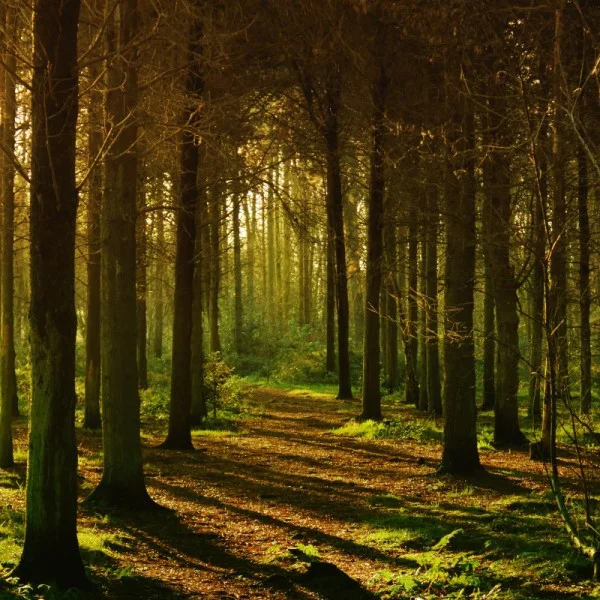KOREAN UNITY PROJECT: REFORESTATION IN NORTH KOREA
At the end of February, while Chairman Kim and President Trump held a summit in Vietnam and argued about denuclearization and the lifting of sanctions, WFWP New Jersey talked about environmental issues with a particular focus on the problem of deforestation in North Korea.
Are trees part of a relevant discussion in terms of re-uniting Korea? Can you imagine the city or state that you live in without any trees? This is the current state of North Korea, suffering from the consequences of burning trees to make space for crops and to use the wood as firewood. An article published in Post Magazine last year describes the extent of the ongoing devastation: “...about 25 percent – or close to 5 million acres – of North Korean forests disappeared between 1990 and 2005 alone, the highest rate of woodland depredation anywhere in East Asia during that period.”
Wanting to raise awareness about this environmental issue and how it relates to peace on the Korean peninsula, WFWP NJ supported two insightful presentations by Dr. Woo, who has a PhD in Forest Management, in Queens, New York and Clifton, New Jersey. Since 2014, Dr. Woo has been active as chairman of the research center on Korean forestry and has collaborated with the Kangwon, Kim Il Sung, and Yongbyon universities. He has passed on his know-how in forestry to his Chinese and North Korean colleagues by providing books and materials and has engaged in substantial tree planting projects in North Korea.
In his presentations, Dr. Woo explained that trees are essential to the cycle of life and for keeping the environment clean. He also said each tree contains 50 percent carbon dioxide and compared trees to logs that are like cylinders filled with carbon dioxide. Less trees means less carbon dioxide is absorbed leaving more to fill the atmosphere, which is a major cause of global warming. He explained that if the earth’s temperature increased by three degrees, the consequences would be devastating for our planet.
Dr. Woo reported about the development of forestry in South Korea. After the Korean war, the excessive cutting of trees led to a barren land that can be compared to the current situation in North Korea. However, in the 1970s the entire nation was mobilized in South Korea, where soldiers, grandparents, students, and mothers with newborns strapped to their backs planted trees which grew beautifully and has led to South Korea becoming the 4th ranking in forest capita in the world!
Dr.Woo concluded that we are currently surrounded by trees that our ancestors planted and we have the duty to pass on the role of taking care of trees to the future generations. Upon departing, I told Dr. Woo that I want to meet him next time in North Korea and that we could plant some trees together. That brought a smile to his face. Hopefully there will be opportunities in the future to collaborate in tree planting projects as well as other humanitarian aid in North Korea.

